-
AuthorPosts
-
January 2, 2022 at 16:24 #1362
 WebMasterKeymaster
WebMasterKeymaster
Technology
The technology used in this project was selected based on its capabilities to control fees, scalability, and an “oracle” (data insertion) system. Similarly, the substrate technology offers several future configuration considerations that will be attractive to the Foundation and its democracy as it evolves.
This section covers the system in general and the technologies used to create our defined product. It is divided into three main parts:
- System Architecture
- Off-chain Workers
- Runtime
1. System Architecture
A “Layer-2” methodology is used, along with a sidechain pattern to maximize scalability and enable management and control of the overall project. To save on fees while remaining transparent, the VTB system does not report every transaction to an expensive chain, such as Ethereum. Instead, an IPFS address with the runtime state is submitted daily to the Ethereum chain, transparently capturing all transactions for a given period. Open-source software from Parity is used, specifically the substrate and APIs from respected companies, such as Infura and backend UI services, and others using cloud providers, such as Google, Amazon, and Azure.
The architecture consists of substrate nodes, which perform consensus using Aura and Grandpa. In the future, the node may be available to individuals wishing to participate in this blockchain (future option) consensus. A multi-source configuration is used for APIs, such as Infura for ETH and Block Producer snapshots and or APIs for EOS, to reduce risk and prevent any breaking changes. In conjunction, external smart contracts and accounts are used to accept deposits of their respective native currency. The Ethereum smart contract will also keep a stored IPFS address to allow users to constantly view the VTB blockchain and verify their VTBC balances through third-party applications. As previously mentioned, this state update happens on a set frequency of no more than 24 hours. This also serves as a backup to the VTB blockchain state. These (external to the blockchain) calls are done through an “oracle” system of substrate unique mechanisms called off-chain workers.
2. Off-chain Worker
This substrate construct creates a reasonably stable method for providing external data to the blockchain. This data can arrive from an API and/or be a sizeable mathematical equation result requiring several minutes or hours to run. The Off-chain worker acts as an interface to ETH/USD exchange values, for example, and provides access to the Ethereum blockchain through Infura. This protocol complements the substrate’s overall operation and increases ease of use and security as it is an integral part of each substrate node. Moreover, these Off-chain workers facilitate more complex blockchain interactions, such as cross-chain transactions. In short, our team monitors the Ethereum, EOS, and other chains to ensure transaction occurrences are seen and, if relevant to VTB, are captured and used in the runtime. This simple system enhances our project by enabling the ability to perform interchain transactions.
3. Runtime
A substrate node has the unique capability of running any code within as a “smart contract” or even providing a smart contract platform inside the runtime for users to create their smart contracts much the same as the Ethereum blockchain. We have decided to run our code directly in the runtime rather than create a smart contract platform. This decision to operate now on the runtime was based on not requiring the capabilities to develop contracts or allow any other user to do so on the VTB blockchain. The extra code entailed in the chain would bloat it and slow down its development. This streamlined approach provides a faster turnaround on updates, upgrades, and maintenance. The good news is as the project grows and the community evolves, the VTB community could vote to add smart contract capabilities to the system. At this development phase, however, simple is better.
You may consult our White Paper for a complete reference of this whole section at https://bit.ly/vtbwhitepaper
-
AuthorPosts
- You must be logged in to reply to this topic.

